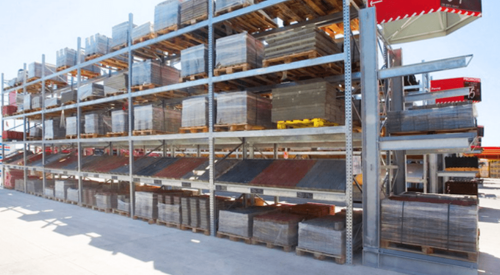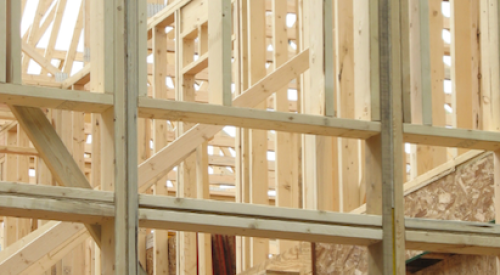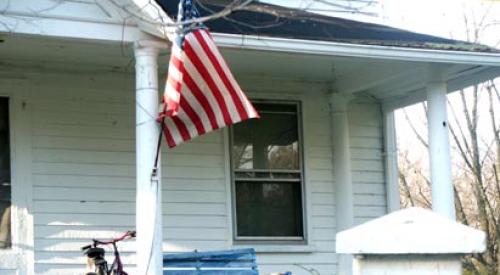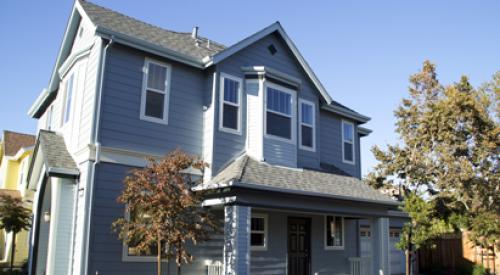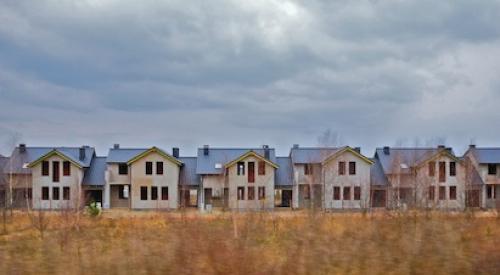| |||||||||||||||||||||||||||||||||||||||||||||||||||||||||||||||
June 2000 total housing starts were at a seasonally-adjusted annualized level of 1.554 million units, down 2.6% from the May total and 0.5% lower than during June of 1999.
Single-family homes were started at a 1.214 million annualized rate during June 2000, 15.8% below the peak level recorded during the final month of last year. This was 3.2% lower than a month earlier, and 4.3% below the level of single-family market activity registered during June 1999. Starts in multifamily buildings came in at an annualized rate of 340,000 units during this June, down just 0.6% from 342,000 annualized level registered during both April and May. The June 2000 pace of new construction in the multifamily sector was 16.0% higher than during the same month a year earlier.
Total starts through the first six months of 2000 were estimated at 817,900 units - a slight 0.7% drop from the total for January-June 1999. Through June 2000, single-family starts had faded to a level 3.2% below the first-half-1999 total, but the number of units started in multifamily buildings was up a surprising 9.9% from a year earlier.
The single-family sector of the overall market has clearly been impacted by higher mortgage rates and greater uncertainty about the future pace of personal income growth. Homes sales figures - which cover only the single-family side of the market - weakened considerably over the first half of this year. This isn''t surprising given the fact that mortgage interest rates are considerably higher now than they were at this time last year. The average rate for a 30-year fixed-rate mortgage during June 1999 was 7.55%; by June of this year, fixed-rate mortgages were carrying an average interest charge of 8.29%.
Regionally, three of the four regions of the country recorded declines in housing starts between May and June of 2000. The starts pace in the Midwest plunged another 19.8% over the month on top of a 5.9% loss the month before. The annualized pace of housing starts in the Midwest this June was at its lowest rate in almost three years. The starts pace also faded between May and June in the Northeast (-5.4%) and the West (-1.6%). In the South, however, total starts during June were 5.6% higher than the month before. This was the second consecutive month of gain for the region following an unusually weak pace of new home construction during April.
Through the first 6 months of 2000, however, all regions of the country recorded slightly fewer housing starts than during the first half of 1999. The Midwest, West, and South regions were all off by less than 1%, while total January-June starts in the Northeast totaled 2.6% fewer in 2000 than during 1999.
Although starts have held up reasonably well so far this year, though, building permit trends signal more clearly the market''s loss of momentum. The total number of permits issued for new home construction during June 2000 was unchanged (on a seasonally-adjusted, annualized basis) from the month before. Permits issued for single-family new construction were down 3.1% over the month, however, while the number of multifamily permits issued moved sharply higher. Through the first six months of this year, 3.1% fewer permits were issued than during January-June 1999. Mirroring the year-to-date trend in starts, permit volume is off in all four regions of the country, with the sharpest declines being recorded in the South (-6.5%) and West (-3.9%) regions.
